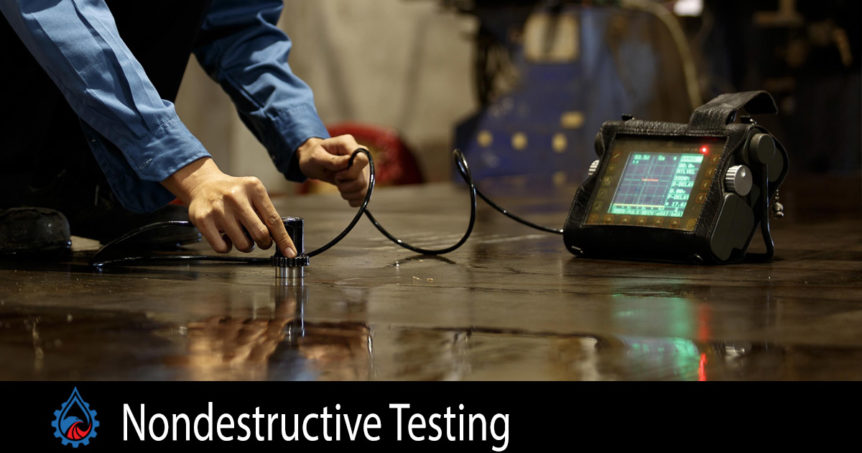Nondestructive Testing
U.S. Inspection & NDT, LLC performs a full suite of nondestructive testing for the construction, manufacturing, power generation, oil & gas, aviation and infrastructure sectors.
Our testing and analysis techniques allow us to evaluate the integrity of structures, components, and the properties of materials without causing damage. Because the nondestructive testing process leaves the materials in question undamaged, our customers often have options to repair, rather than replace, problem areas or components.
Below are several of the types of nondestructive testing services we provide.
Radiographic Testing (RT)
Ultrasonic Testing (UT)
Ultrasonic Testing (UT) is a method of using short, high frequency ultrasonic waves to identify flaws in a component. Our highly trained and experienced technicians will then measure these waves to determine and identify the internal flaws. Ultrasonic testing is typically used for dimensional measurements, thickness, material characterization, and flaw detections.
Magnetic Particle Testing (MT)
Magnetic Particle Testing (MT) is a widely known and commonly utilized method that is used in nondestructive testing to detect surface and subsurface flaws in most ferromagnetic pipe and pipe welds. Magnetic testing is very effective for quality control, final inspections, and inspections of larger components.

